Dr. Gursimran Jeet Singh
I am Dr. Gursimran Jeet Singh, born and raised in Punjab where culture and traditions almost naturally guided me toward Ayurveda. From very early days I felt more drawn to natural ways of healing, and this curiosity finally led me to pursue Bachelor of Ayurvedic Medicine and Surgery (BAMS) at Shri Dhanwantry Ayurvedic College, Chandigarh—an institution known for shaping strong Ayurvedic physicians. During those years I learned not only the classical texts and treatment methods, but also how to look at health through a very practical, human lense.
For the past five years I worked in clinical practice, where patients come with wide range of concerns—from chronic digestion troubles to autoimmune illness—and I try to integrate both Ayurveda and modern medical knowledge to give them the most complete care I can. Sometimes western diagnostics help me to understand the stage of disease, while Ayurveda helps me design treatment that address root cause. This bridging approach is not always easy, but I believe it’s necessary for today’s health challanges.
Currently I am also pursuing higher studies in Panchakarma therapy. Panchakarma is an area I feel very strongly about—it is not just detox, it is a whole system of cleansing, rejuvenation, rebalancing, and I want to deepen my expertise here. In practice, I combine Panchakarma with lifestyle guidance, diet planning, herbal remedies, yoga and mindfulness practices depending on what a patient actually needs at that moment. No two cases are same, and Ayurveda reminds me daily that healing must be personal.
My approach is always focused on root-cause management rather than temporary relief. Diet, herbs, therapeutic oils, meditation routines, and simple daily habits—they all work together when chosen rightly. Sometimes results come slow, sometimes faster, but I try to keep care sustainable and compassionate. Helping someone regain energy, sleep better, or reduce pain, that is the real achievement in my journey. And I continue learning, because Ayurveda is deep, it doesn’t finish with one degree or one training, it grow with every patient and every experiance.My specialties lie in treating a range of chronic and lifestyle-related conditions using Ayurveda’s time-tested principles, tailored to each individual’s unique constitution (Prakriti). I have significant expertise in managing digestive disorders, such as irritable bowel syndrome (IBS), acid reflux, constipation, diabetes, obesity and inflammatory bowel diseases.
I also specialize in addressing stress-related and mental health conditions, including anxiety, depression, insomnia, and burnout, which are increasingly common in today’s fast-paced world. By integrating therapies like Shirodhara (oil pouring on the forehead) to calm the nervous system, Abhyanga (herbal oil massages) to balance Vata dosha, and adaptogenic herbs like Ashwagandha and Brahmi, I help patients achieve mental clarity and emotional resilience.
In the field of musculoskeletal and joint health, I excel in treating conditions like arthritis (rheumatoid and osteoarthritis), back pain, sciatica, and sports injuries. Using therapies such as Kati Basti (localized oil retention on the lower back) and potent anti-inflammatory herbs like Guggulu and Shallaki, I focus on reducing inflammation, improving joint mobility, and strengthening tissues. My treatments have helped many patients, particularly those seeking non-invasive alternatives, regain mobility and reduce pain through a blend of internal medications and external therapies.
Skin disorders are another key area of my practice, where I address conditions like eczema, psoriasis, acne, and pigmentation issues holistically. By focusing on blood purification and balancing Pitta dosha and detoxifying Panchakarma techniques like Raktamokshana (bloodletting). My approach targets dietary and lifestyle triggers, offering sustainable results for clients who previously relied on temporary solutions like topical steroids.
My dual expertise in Ayurveda and modern medicine allows me to create integrative treatment plans that are both effective and safe.
I am deeply committed to patient education, empowering individuals to embrace Ayurvedic principles for sustainable health. Through this online platform, I am excited to offer virtual consultations, making the profound benefits of Ayurveda accessible to all. Whether you seek relief from a specific condition or aim to enhance overall vitality, I look forward to guiding you on your journey to balance and well-being with compassion and expertise.







